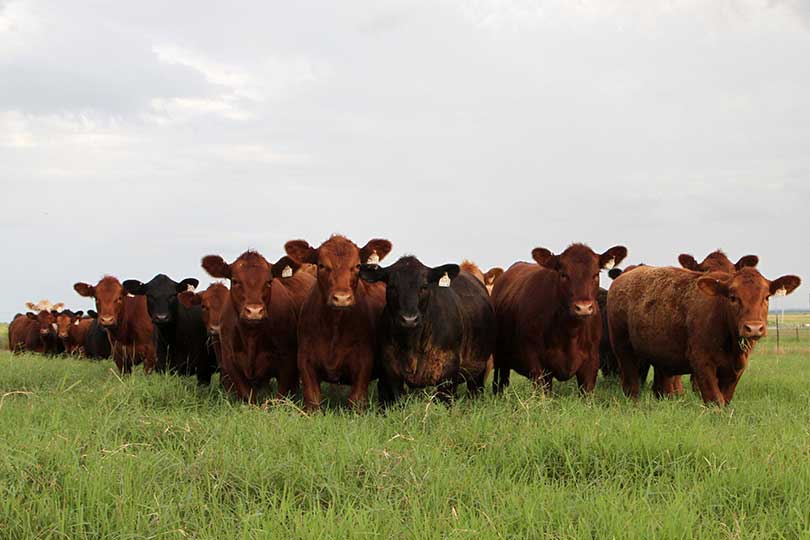As ranchers rebuild their herds across the U.S., record high cattle prices have fallen just slightly from what they have been over the last couple of years.
“Prices for 2016 are obviously higher than 2012. That’s great if you are selling, but not so great if you are buying replacement heifers or cows,” said Mac Young, AgriLife Extension economist in Corpus Christi. “We’ve seen those record-high prices come down a bit since late last year, and you need to do everything you can to put as many pounds on your calves as possible.”
Young emphasized the importance of every pound of gain in cattle operations.
“With all-calf management, you are attempting to produce as many pounds as possible,” Young said. “What is important, whether you have low or high prices, is you need to maximize the number of calves you get out of your herd and improve the quality to increase the price you receive. Even when you have high prices or whether you have a low-price scenario, it does affect your bottom line.”
Young said a 2014 AgriLife Extension study led by the FARM Assistance program revealed that an all-calf management program could significantly increase income.
The study found that with no selected calf management practices, average net cash farm income was $76,970 a year or $385 a cow per year and $428 a calf per year. An all calf-management program of clostridial vaccinations, castration/implants and deworming led to net cash farm income increase of $89,360, representing $477 a cow per year and $496 a calf per year, according to Young.
He noted the Texas beef cow inventory was at 4.3 million head at the beginning of the year with about 134,000 farms averaging 32 cows per farm.
Click here for more information on the FARM Assistance study results and maximizing pounds of gain.

